Stucco vs Brick (Pros and Cons)
In this guide, I share my insights on stucco vs brick, including the pros and cons of each, siding costs, whether stucco can replace bricks, potential problems, and which is better for the home design.
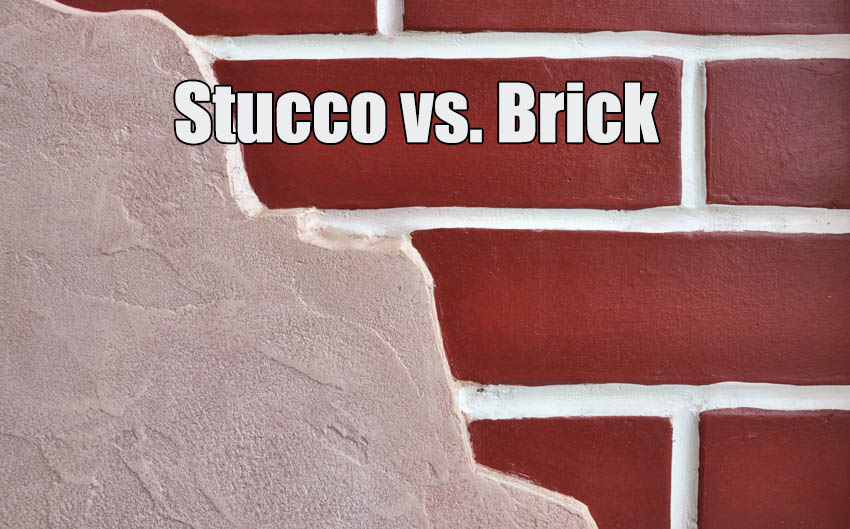
The exterior siding arguably has the biggest impact on the exterior appearance of your house. It is one of the first crucial factors defining your house’s overall value.
That’s why if you’re building or renovating your house, you have to ensure that you’ll select the best type of siding that greatly enhances the look of your house and increases its value as well.
Stucco and brick are two of the most well-known siding materials most homeowners prefer. And yes, they have their own pros and cons. But which one is the better option for your house? Let us talk about that in this article.
What Is Stucco vs Brick?
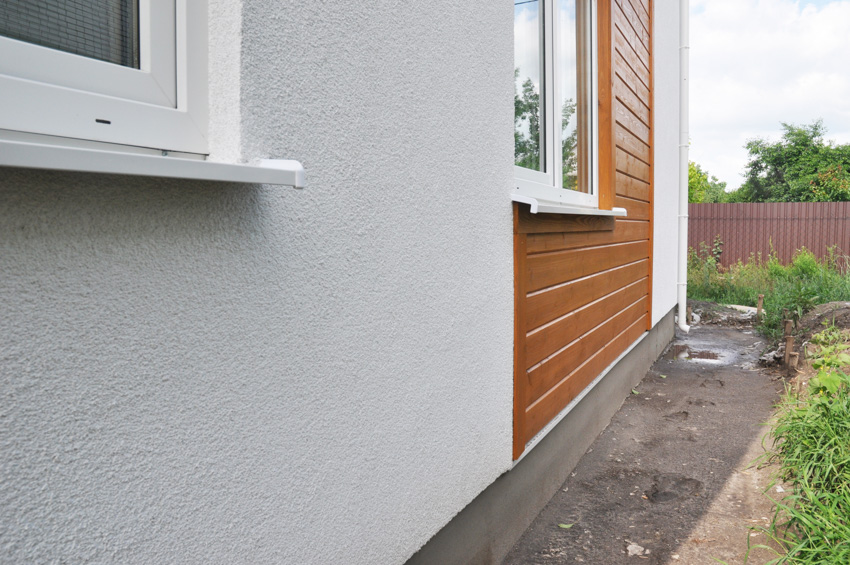
Stucco is considered one of the most ancient and popular natural siding types. It is made out of water, sand, and cement.
When applied on a stone frame or timber, it becomes durable and hard as a rock. It can be easily customized to suit your design preferences.
This type of house siding is normally used before in Mediterranean and Spanish construction and architecture. Indeed, it is generally used on huge houses and mansions as it gives a very timeless and luxurious appearance. Read more about how stucco compares to siding here.
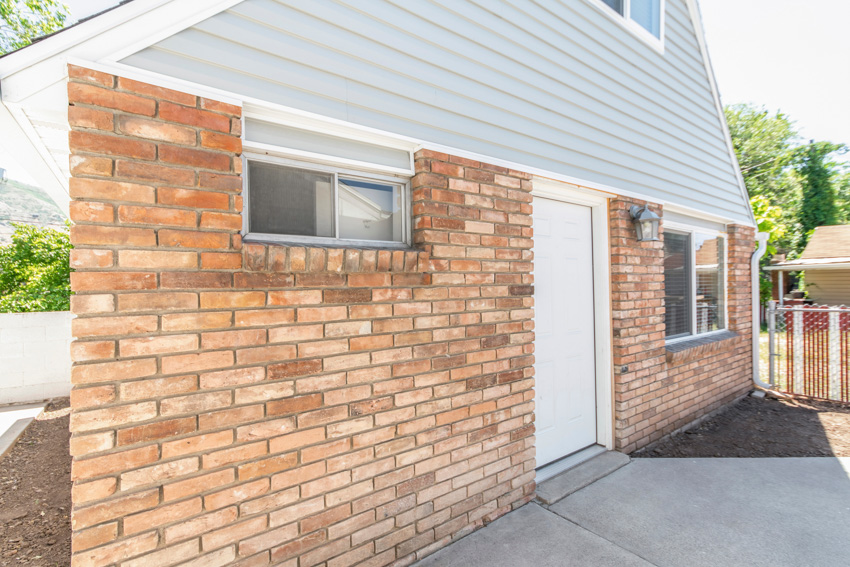
Brick, on the other hand, is one of the most traditional types of siding. It is widely used in the majority of houses even nowadays as it is superior in terms of reinforcing the exteriors with high durability. It is composed of clay, gravel, and cement.
Under the brick category, there are two types – thin and full bricks. The common thickness of a thin brick ranges from 0.63 to 0.8 inches.
Thin and full bricks can look almost the same. However, full brick is preferred by homeowners as it’s more durable and long-lasting. But in terms of cost, thin materials are usually less pricey.
Pros and Cons of Stucco

Here we share the advantages and disadvantages.
Pros
It is very durable and long-lasting: Since stucco is composed of water, sand, and cement, it stays hard and firm even in strong winds and bad weather. It is resistant to fire and does not attract pests. Moreover, it has incredible longevity. Generally, it can last for 50 to 60 years.
It’s aesthetically appealing: It is superior in enhancing your house’s exterior appearance.
It serves a very classic and attractive look, which looks very beautiful even after many years. Proper siding maintenance can also maintain your house’s high value.
Works excellently with modern-day designs: The finish coating is compatible with numerous designs. It can also be applied on a wide selection of surfaces. It is available in different, unique colors.
Cons
Needs to be maintained regularly as it is susceptible to cracks: Improper maintenance and installation may result in cracks over time. Small cracks can worsen over time.
That’s why it’s important to keep an eye on it regularly so you can seal those cracks immediately.
It is porous and absorbent: Stucco can absorb water. Molds and ugly dark spots can occur if it’s persistently in contact with any type of moisture. Extra effort on maintenance is required especially if you are living in a place that normally experiences a wet climate.
It takes several weeks to cure and harden: After installation, it might take 4 to 8 weeks before the curing process gets completed.
Pros and Cons of Brick
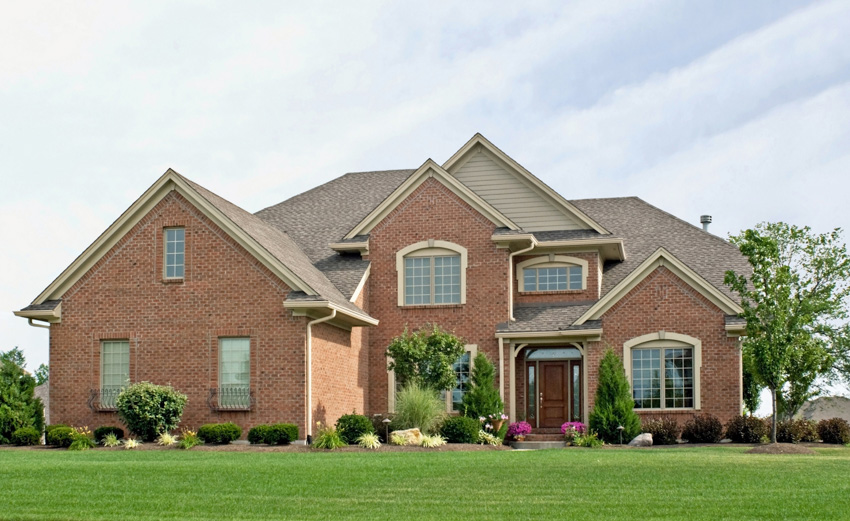
Here we share the advantages and disadvantages.
Pros
It does not require complicated maintenance: Brick is a very low-maintenance construction material. It does not easily get cracks and dents. It also won’t rot over time. Furthermore, after its installation, it doesn’t need to be painted.
Eco-friendly, very durable, and long-lasting: It is composed of some of the richest materials found on earth, such as clay and shale.
It can also be reused for various landscaping projects like walking paths or retaining walls. Moreover, it is very durable, and it can last for 100 years if it’s well-maintained. See more brick walkways here.
All-weather and non-combustible. Bricks are fire-resistant. If there’s a section in a house that’s purely made of bricks, there’s no possibility that it can burn even if the whole house is on fire.
Furthermore, these exteriors can stand still against strong winds and flying detritus. Indeed, bricks promote safety and protection.
Cons
Limited color selection: The colors that go with bricks are limited compared to other materials, such as plaster coatings and and vinyl. Painting it won’t be a good idea as it is hard to cover all areas with paint.
Susceptible to molds: Molds can easily appear when the bricks aren’t cleaned regularly. Bricks absorb moisture.
It is expensive: Compared to stucco, bricks are much more expensive.
Stucco and Brick Comparison
Here is the comparison breakdown of both materials.
| Features | Stucco | Bricks |
|---|---|---|
| Design | Best for Mediterranean and modern styles | Best for classic, traditional & colonial styles |
| Look | Smooth to textured finish with multiple colors | Patterned look with rough texture, can be painted |
| Durability | Durable but can crack over time | Extremely durable, low maintenance |
| Insulation | Good insulator, energy-efficient | Excellent insulation that retains heat well |
| Cost | Generally costs less with quicker installation | More expensive, labor-intensive installation |
| Climate |
Ideal for arid & dry climates, not moisture-resistant | Versatile, suitable for varied climates |
| Maintenance | Requires upkeep of painting/sealing | Minimal upkeep, but may need repointing of mortar |
| Environment |
More eco-friendly, especially natural lime-based | High-energy manufactured, but recyclable material |
Cost of Stucco and Brick
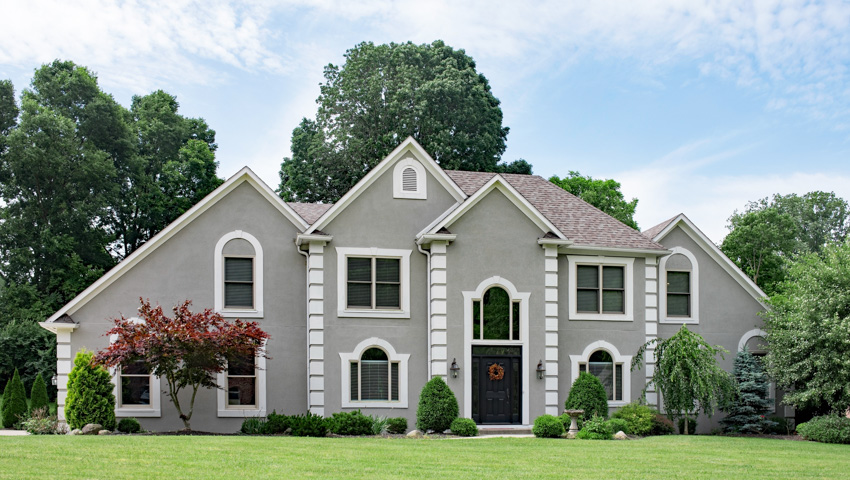
If you are planning to install stucco for a 1000-square foot house, the cost might range from $1,000 to $1,500.
To complete the installation process, you have to hire an expert, which will cost you $40 to $50 for every hour. Painting the stucco might cost you $700 to $900. The overall cost would be around $2,800 to $4,500.
Bricks, on the other hand, are more pricey compared to stuccoed walls. The bricks would cost around $9 to $12 per square foot. The cost of mortar and grout ranges from $200 to $500.
Hiring a professional would cost you $70 per hour. The overall cost of installing bricks would be around $9,500 to $13,000.
Installing stucco over bricks costs around $7 to $9. For a 1000-square foot house, the cost of stucco over bricks ranges from $8,000 to $10,000.
Can You Replace Stucco With Brick?
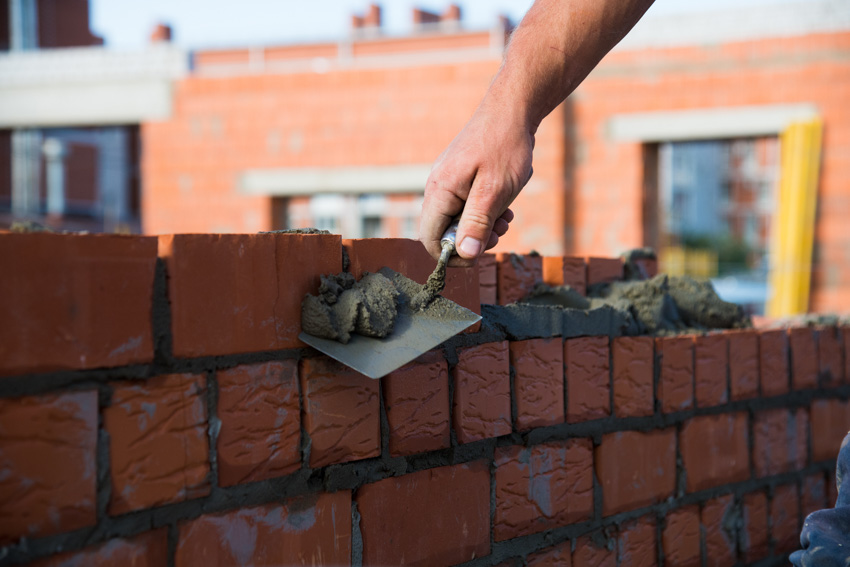
Yes, it’s possible to replace your exterior coating with bricks. Doing that can give various advantages.
It can improve the appearance of your exterior and can enhance the insulation components of your wall. However, replacing it with bricks might cost you a lot of money.
Stucco Over Brick Problems
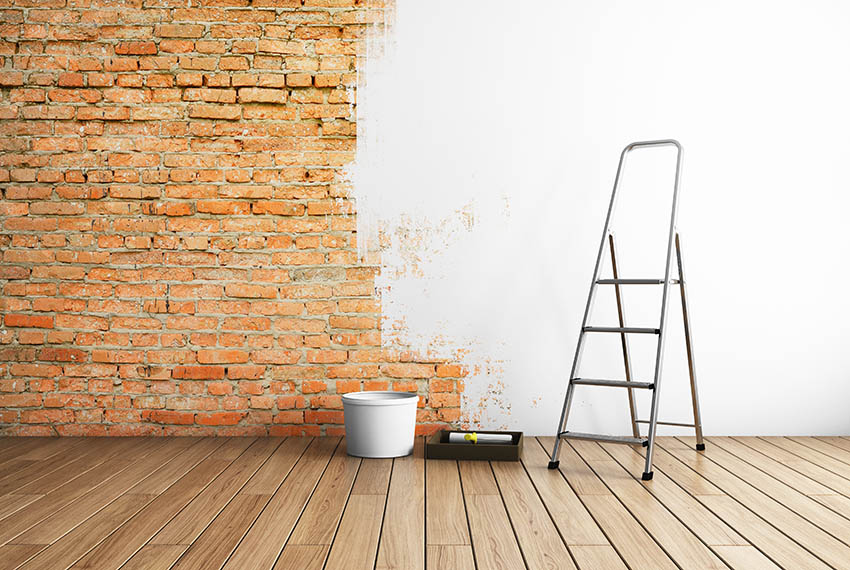
Since they are both absorbent, the tendency of putting the stucco over brick might cause moisture problems. The possibility of mold growth underneath the textured finish is quite high.
That is why it would be recommended that the surface is painted with an elastomeric type of paint to seal it properly and protect it against moisture.
Installing stucco over brick is almost a permanent process. This means you must carefully think about it before starting this installation is labor intensive and expensive.
Brick or Stucco – What is Better?

Each of these construction materials has its distinct capabilities and advantages. So, in some aspects, brickwork may be better than stuccoed surfaces, or vice versa. But let us try to compare them by category.
In terms of durability and longevity, brick is the better option. Stucco wins the contest when it comes to appearance, wide color selection, and the ability to be painted.
Stucco needs to be maintained quite regularly, while bricks are low-maintenance. Therefore, they are both non-combustible and can withstand strong winds.
See more related content in our article about stucco house design on this page.


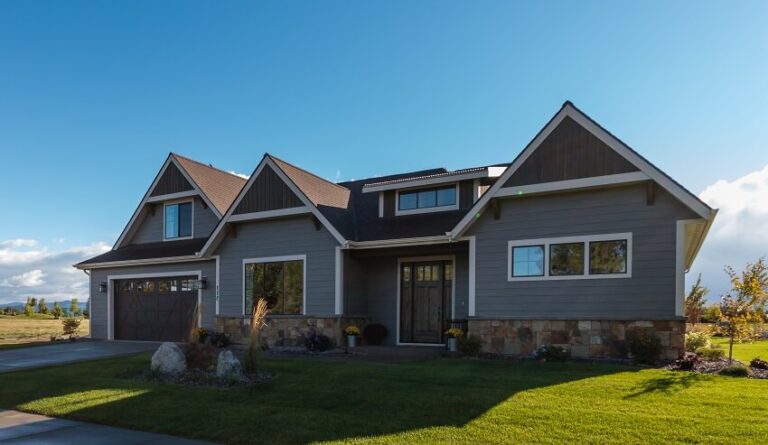
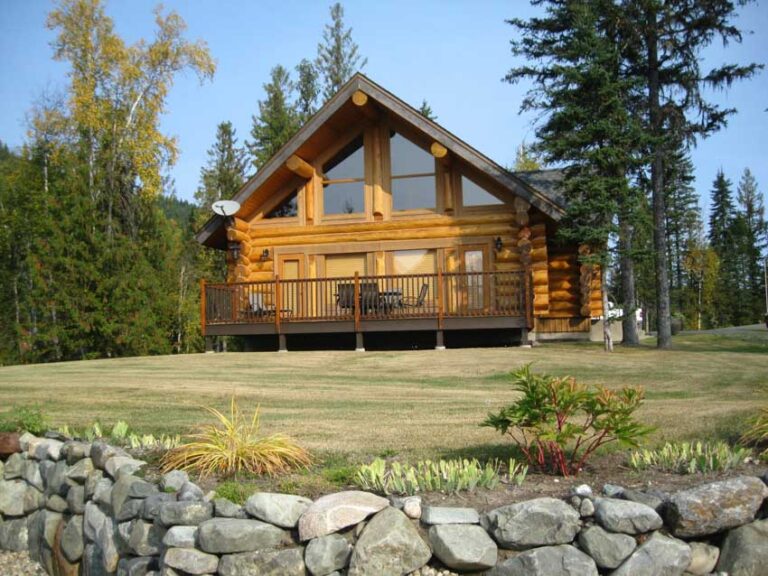

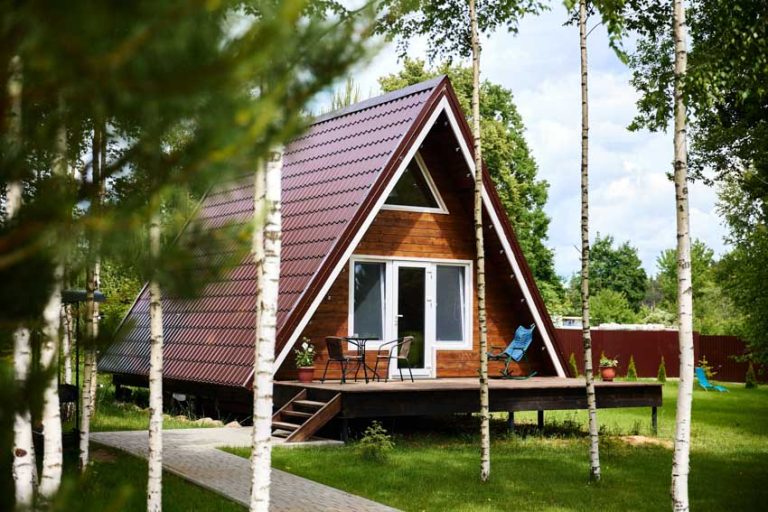
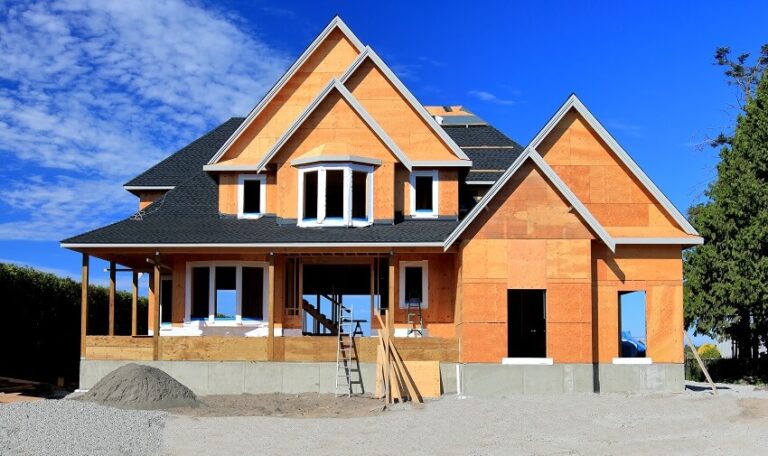
I vote for stucco since I reside in a hot and dry climate. Not only does it last a long time it is more inexpensive than brick.
Brick wins for durability, stucco wins for energy efficiency. But not so fast because brick wins for curb appeal with brick homes getting 6% more resale value when selling the home. 2 votes for brick and 1 vote for stucco. So that makes brick the winner.
The article said stucco have more curb appeal.